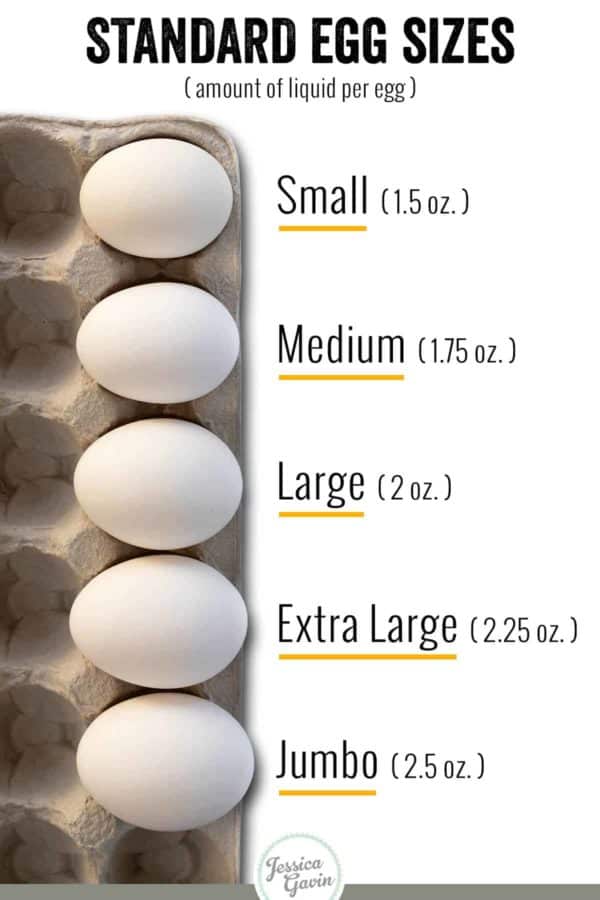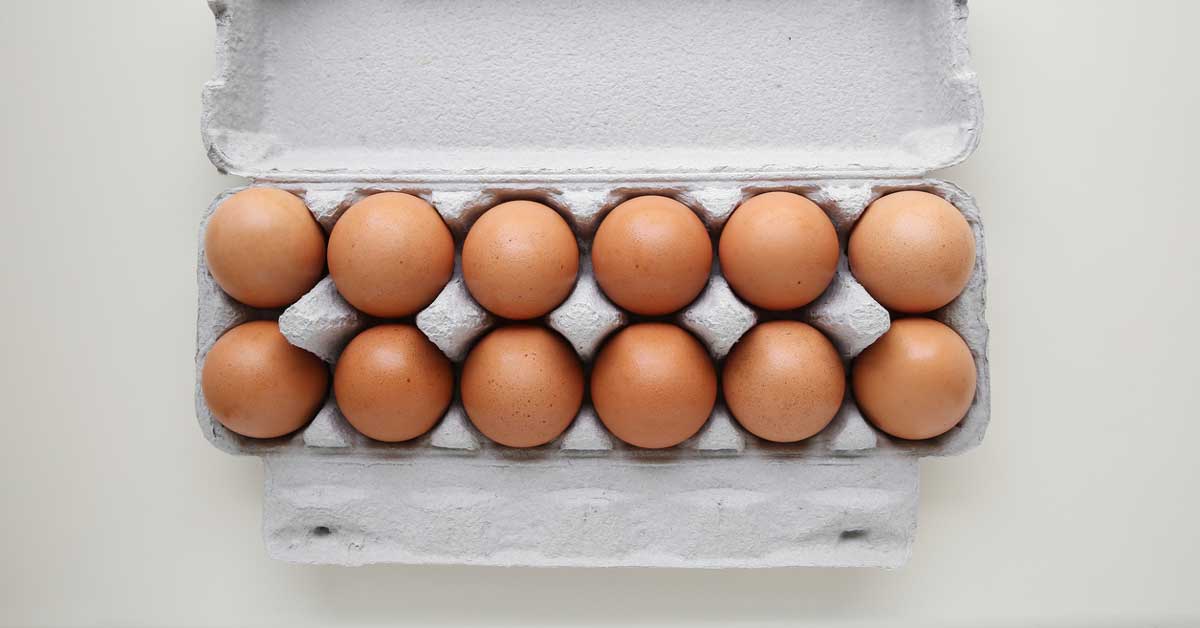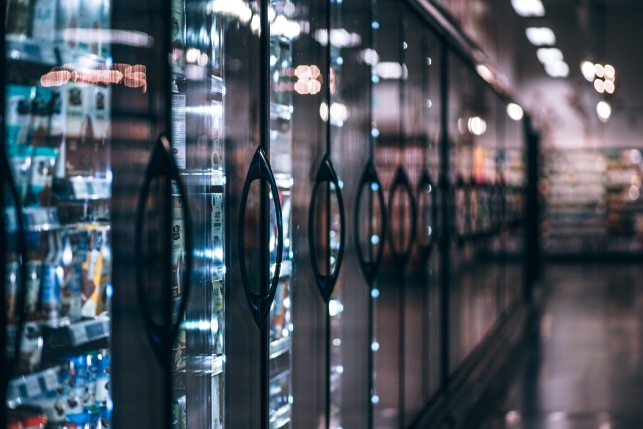In most households, eggs are an important staple. Whether its for cooking or baking, it is always a good idea to have some eggs on hand.
For cooking, you can just throw in an egg to jazz up an otherwise plain and bland dish. For baking, eggs are usually always called for.
An egg is comprised of the white, which is composed of protein and water, while the yolk mostly consists of fats. With the high protein content in eggs, the bonds between the protein molecules will tighten and squeeze out the moisture when it is overheated or overbeaten. This is especially evident when working with egg whites.
When you see the quantity of egggs specified in a recipe, you'd think that all you have to do is just follow it and expect for the recipe to turn out as promissed. But, it is by no means a precise measurement of how much egg to use. For starters, eggs are graded as AA, A, B or C with comes in a few sizes.
Thus, it is a better practice to measure the eggs by volume. So it's best to weigh the eggs before using.

Let's start with the role of whole eggs in cooking and baking.
When eggs are cooked, it causes the protein to coagulate and stiffens the product, lending structure to the product. This is evident in meatloaves, casseroles and baked goods.
As a product consisting of mostly water, they moisten the products to which they're added to. It also works as an emulsifier as they help make batter smooth.
It is a good thickener for sauces, custards and curds. But to achieve this, eggs must be cooked gently and heated carefully, or else it would just scramble rather than thicken.
Whole eggs are also used as washes on baked goods. It is used to give a glossy finish on croissants and Danish pastries while in rustic breads, it helps to hold sesame seeds and other accouterments in place.
At the same time, they are also often considered as a source of nutrition, such as protein, vitamin D and choline. Not to mention that it adds a unique taste and flavor to baked goods by imparting a rich aroma.
Then, we move on to the popular use of egg whites in baking.
When whipped, egg whites become foamy and their volume can expand up to eight times. In this form, it becomes filled with tons of air as a result of all the trapped air cells. This helps to lighten and leaven baked goods. Everything from cakes to souffles uses this leavening and it can also be used on its own as meringue. It can also be used along with a high ratio of sugar to keep baked goods moist.
Unlike egg whites which are very neutral in flavor, the addition of egg yolks provide richness to a base or batter. This is especially important when baking and making creamy sauces. It is also not uncommon for yolks to be beaten with sugar to obtain a pale yellow and thick mixture which will "ribbon".
The fat in the egg yolk also shortens gluten strands in batters and dough, therefore acting as a tenderizer.
Egg yolks are also used to impart color, for instance when making lemon meringue pies.



